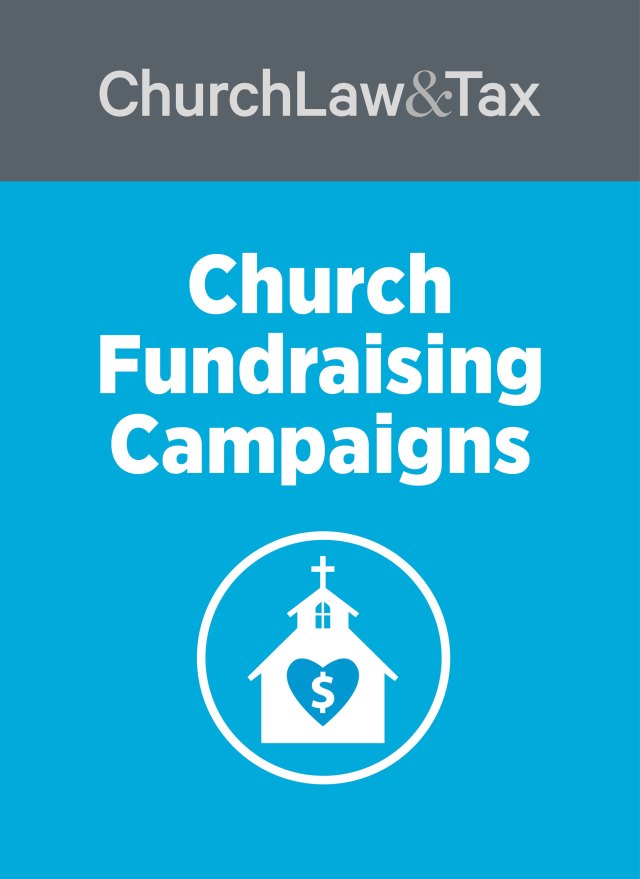Background. A bankruptcy trustee can reject a debtor’s attempt to discharge debts through bankruptcy if doing so would be a “substantial abuse” of the bankruptcy law. “Substantial abuse” exists if a debtor has sufficient “disposable income” to pay off debts within a reasonable time. In the past, many courts ruled that it would be a substantial abuse of the bankruptcy law to permit debtors to reduce their disposable income by their church contributions. These courts denied bankruptcy protection to debtors who insisted on making contributions to their church.
Congress sought to fix this problem by enacting the Religious Freedom and Charitable Donation Protection Act in 1998. The Act specifies that disposable income does not include charitable contributions of up to 15 percent of a debtor’s income (or more, if the debtor can demonstrate a consistent practice of giving more). This was good news for churches, since it meant that members who file for bankruptcy could continue to make contributions to their church.
In 2005 Congress enacted the most massive revision of the bankruptcy code in decades. The Bankruptcy Abuse Prevention and Consumer Protection Act did not appear to change the important protections contained in the Religious Freedom and Charitable Donation Protection Act, but, in August of 2006, a federal district court in New York said that it did. In re Diagostino, 347 B.R. 116 (N.D.N.Y. 2006).
The Diagostino case. A married couple filed for bankruptcy protection. Their bankruptcy plan listed the amount of $100 per month for “continued charitable contributions.” This was well below 15 percent of their annual income, and so they assumed that this would not affect the approval of their plan. To their dismay, it did. The trustee opposed their plan on the basis of the contributions. The couple appealed, and the court ruled that the trustee correctly rejected their bankruptcy plan. It concluded that amendments to the bankruptcy code made by the Bankruptcy Abuse Prevention and Consumer Protection Act of 2005 had the effect of eliminating the provision in the Religious Freedom and Charitable Donation Protection Act of 1998 defining disposable income to exclude charitable contributions of up to 15 percent of a debtor’s income (or more, if the debtor can demonstrate a consistent practice of giving more).
The court’s ruling meant that church members could never enjoy the protections of the bankruptcy code if they wanted to continue making charitable contributions to their church.
Congress intervenes. Within a month of the Diagostino ruling, the United States Senate passed the Religious Liberty and Charitable Donation Clarification Act of 2006. This legislation is now being considered by the House of Representatives, where passage is likely. If enacted into law, the Act would amend the bankruptcy code to clarify that the Bankruptcy Abuse Prevention and Consumer Protection Act of 2005 does not affect the provision in the Religious Freedom and Charitable Donation Protection Act defining disposable income to exclude charitable contributions of up to 15 percent of a debtor’s income (or more, if the debtor can demonstrate a consistent practice of giving more). In commenting on this proposed legislation, its chief sponsor, Senator Orin Hatch (R-UT) observed:
As a whole, the Bankruptcy Abuse Prevention and Consumer Protection Act of 2005 was, and still is, a good bill. However, like many large bills, it was not perfect. As a key architect of the recent bankruptcy reforms, I can say without equivocation that Congress intended to preserve the Religious Liberty and Charitable Contribution Protection Act of 1998 in the Bankruptcy Abuse Prevention and Consumer Protection Act. Unfortunately, [a federal court in New York] thought differently …. Senator Obama and I have put together a narrowly-tailored clarification that leaves little doubt about Congress’ intent when it passed the Bankruptcy Abuse Prevention and Consumer Protection Act of 2005 …. I agree with the Department of Justice’s position that charitable contributions consistent with the requirements of the 1998 Religious Liberty and Charitable Contribution Protection Act should be allowed under the Bankruptcy Abuse Prevention and Consumer Protection Act of 2005.
This article first appeared in Church Treasurer Alert, November 2006.




